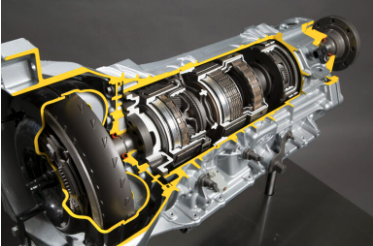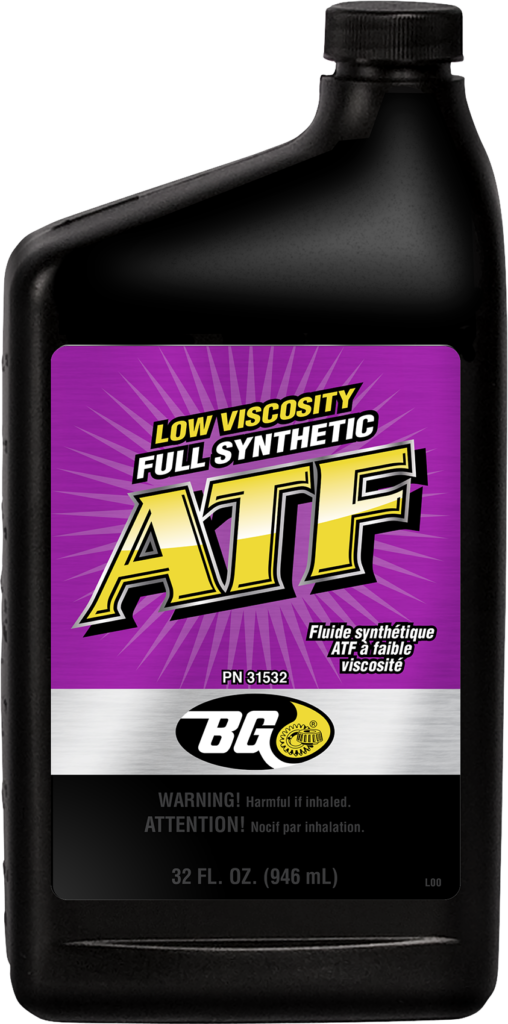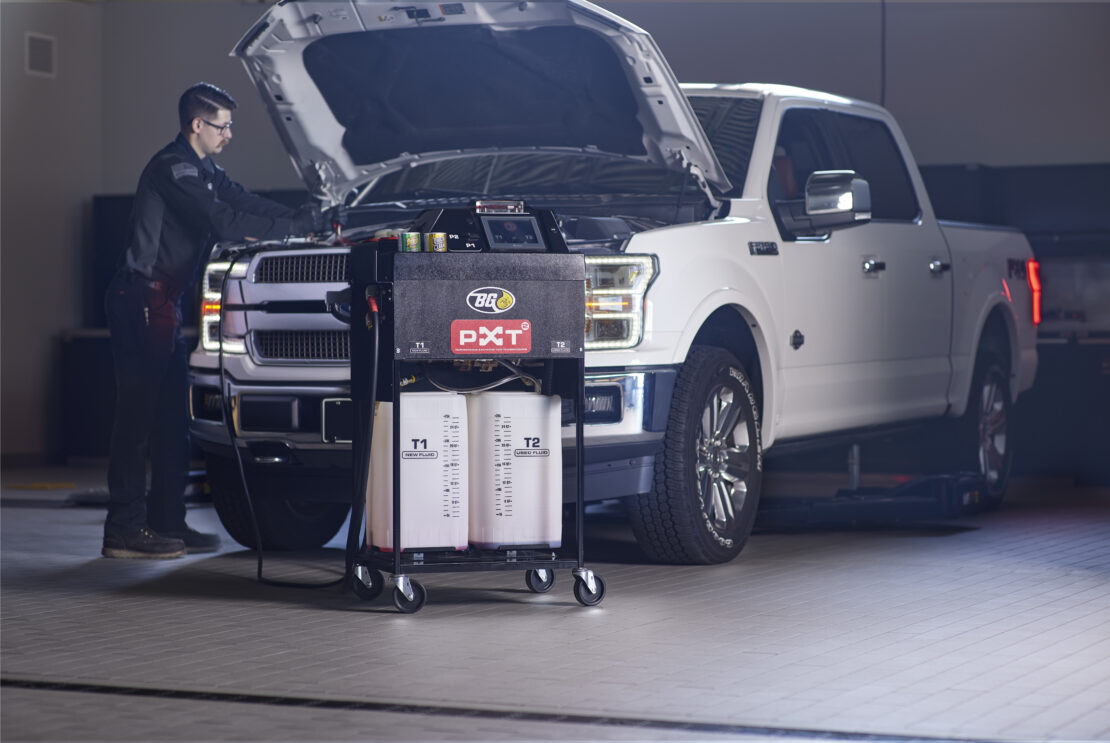A Brief History of Transmissions and ATF
Originally Published in Blend'r 2021
Sixty years ago, Bob Dylan wrote his hit song, “The Times They Are A-Changin,’” in an attempt to convey the tumultuous times the world was going through. It would be easy to draw comparisons to the events of today. However, when I hear that song today, it makes me think of something a bit different—automotive transmissions.
You might wonder why that song, or any song for that matter, would make me think of automotive transmissions. Well, automotive technology has always been in a continual state of change since Henry Ford’s Model T first came off the assembly line. However, few automotive components have advanced as rapidly as modern automatic transmissions.
The first mass-produced automatic transmission was the GM Hydramatic 4-speed transmission, introduced in 1939. There were several 3-, 4-, and 5-speed automatic transmissions designed throughout the following decades, but around the dawn of the second millennium, environmental concerns had driven automotive manufacturers to develop different types of transmissions in an attempt to improve fuel efficiency.
At the time, it was thought that the continuously variable transmission (CVT) or the dual clutch transmission (DCT) would become the industry standard. This was due to the inherent inefficiency of the traditional step-shift automatic transmissions.

What happened next was a quantum leap in automatic transmission technology. Manufacturers came up with groundbreaking and innovative advancements that would forever change the way people viewed the step-shift automatic transmission. No longer were they considered energy-sapping and inefficient. These new transmissions achieved fuel efficiency gains never before thought possible.
How Was This Accomplished?
In a joint venture between two of the world’s largest automotive manufacturers, Ford and General Motors, engineers achieved these improvements by dramatically expanding the number of gears incorporated in these units from an industry-standard 4-speed offering to the now prevalent 10-speed transmission.
Think about this; the popular Ford F-150 went from being produced with a 4-speed option to having a 10-speed option in only seven years! That’s an amazing transformation!
Not only did transmissions advance at an astonishing pace, but the automatic transmission fluid (ATF) had a remarkable evolution as well. Transmission size needed to remain the same, so that meant packing all of these additional gears into a much smaller space.
This requires the transmission fluid to not only be more robust, in terms of wear protection and long-term shift durability, but it must also flow more readily and offer fuel economy gains, which means even lower viscosity.
This lower viscosity trend has been a consistent theme throughout the evolution of modern automatic transmissions. The industry has moved from traditional high viscosity ATF, to low viscosity ATF, and now on to ultra-low viscosity ATF.
So What Does This Mean for BG Products?
BG Products prides itself in being on the cutting edge of automotive fluid technology. Our team of chemists worked to develop BG Low Viscosity Full Synthetic ATF, also known as BG 315.
BG 315 is formulated with advanced technology additives to protect modern transmissions from the harsh environment found in these high-performance gearboxes.
Furthermore, the viscosity of BG 315 needed to be lower than any ATF that BG Products had ever developed. This low viscosity allows the fluid to circulate and protect the transmission more quickly, even in cold temperatures, while remaining shear stable offering fuel economy improvements.

What Does This Mean for Our Customers?
BG 315 gives our BG service shops a fantastic ATF that is qualified to service virtually all modern automatic transmission applications. For years, BG 312 was the go-to ATF for our partnering service providers. Its versatility allowed it to have the most extensive application list among our transmission fluid offerings.
However, as time and transmission technology have advanced, so too has the list of qualifications for BG 315. This trend is going to continue into the future, which means that BG 315 needs to be the staple of any BG service shop.
Almost all vehicles manufactured in the last decade contain higher-geared transmissions; BG 315 is the preferred fluid to use when servicing them. If you weren’t aware, this now includes the Ford 10-speed transmissions, calling for Mercon® LV and Dexron® ULV, respectively.

Does This Mean That BG 315 is a One-Size-Fits-All Fluid?
No. Remember, we discussed the rapid advancement in transmission technology. This means that it’s impossible for any single fluid to satisfy the needs of transmissions from the still common 4-speed transmissions all the way to the newer 10-speed transmissions.
That’s simply too big of a span for one ATF to bridge. Let’s be clear, every shop must carry BG 315. No other ATF can meet the needs of all of the newer transmissions. Additionally, shops need to carry either BG 312 or BG 314, which will satisfy the performance requirements of your older vehicles utilizing higher viscosity ATF, thereby giving blanket coverage for just about any vehicle coming into their shops.
As you can see, the trend towards ever-lower viscosity transmission fluids will continue to prevail for the foreseeable future. The times they are a-changin’! Don’t get left behind. Stock up with BG 315 today!
